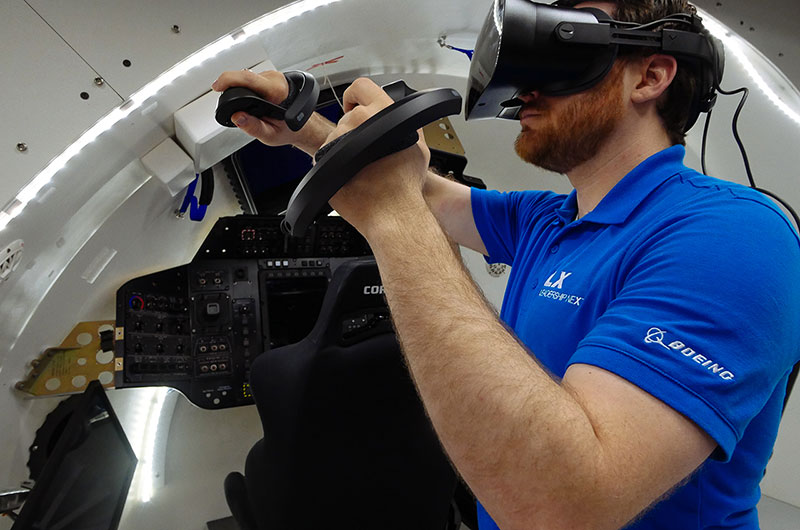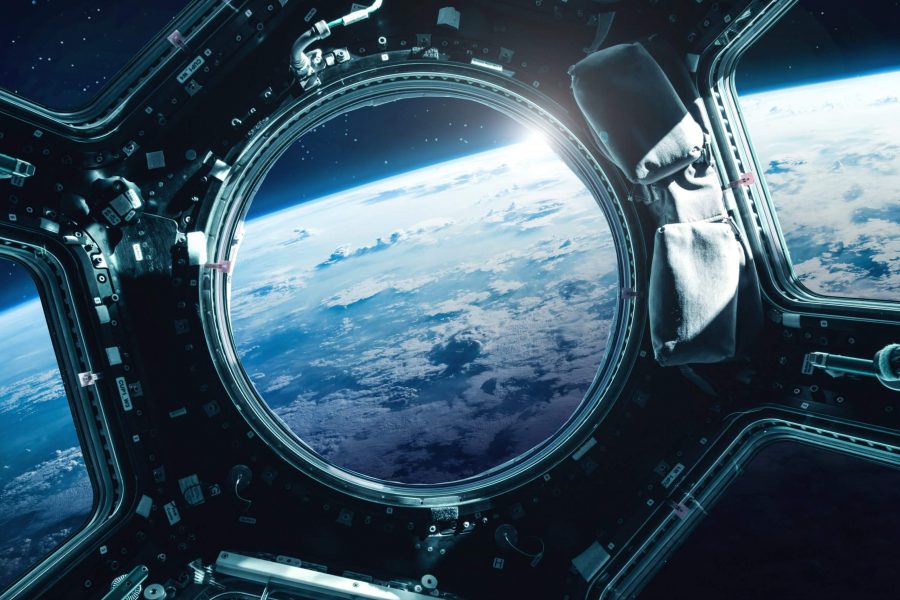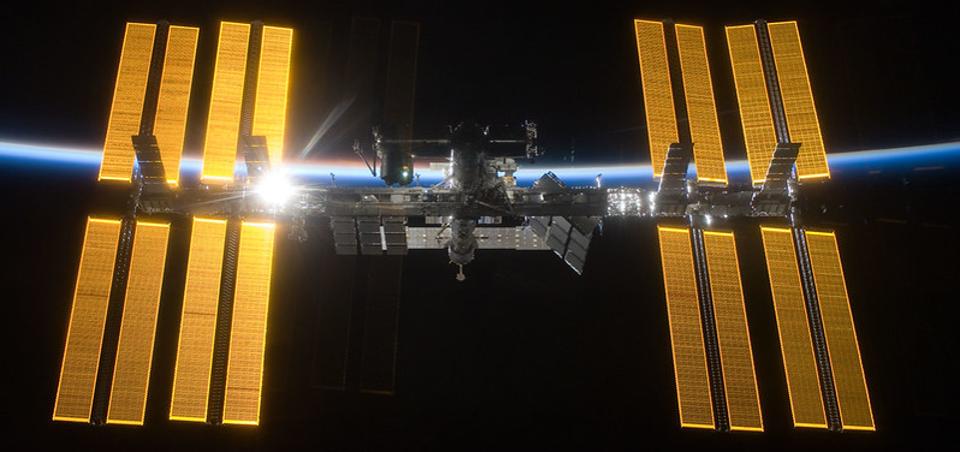With Varjo and for the first time ever, Boeing Starliner programme allows astronauts to prepare for spaceflight entirely in Virtual Reality.
“We are proud to be delivering the technology that is pushing industrial training applications to their furthest reaches.” Said Niko Eiden – CEO and Co-founder of Varjo.
As we may imagine, for a mission to be successful, everything needs to go flawlessly, and even if launching a spacecraft from zero to orbit takes only 12 minutes, it requires years of preparation and hundreds of hours of complex training simulations.
Thanks to the Boeing Starliner programme, the flight-test crew in Houston has found a new way to transcend astronauts training.

With almost two decades of experience supporting Boeing space programmes with new technologies, Connie Miller, a programmer at Boeing Starliner, aims to set up the team to be able to train astronauts for every step of the mission using immersive technologies.
Nevertheless, effective training requires crystal-clear vision. The low resolution of existing VR devices has meant that training for the full spectrum of safety-critical scenarios, has not been possible, until now.
With their VR-2 headset, which offers 60PPD resolution, Varjo can now answer to that need for realism.
“With this VR headset you get that photorealistic feeling that you are inside the simulator, and ultimately you're inside the spacecraft—the degree of the reality is really phenomenal,” said Siceloff, Boeing spokesman for International Space Station.
Delivering immersive content, in pixel perfect clarity, the Varjo VR-2 allows crew members to have the same experience (interactions, voice, switch commands, visuals etc) as they would in the Starliner commander and pilot seats. The astronauts use hand controllers as well as Varjo headsets, to train when muscle memory and quick decisions are vital.

With its international dimension, this portable training system that can be carried in a briefcase allows location-free astronaut training. NASA astronauts can train remotely without the need for multiple physical simulators in different locations.
Using virtual reality to enhance space missions has been a subject of interest for a long time and is now possible.
"Advancements like this have the potential to transform the way any pilot is trained," said Niko Eiden.




















